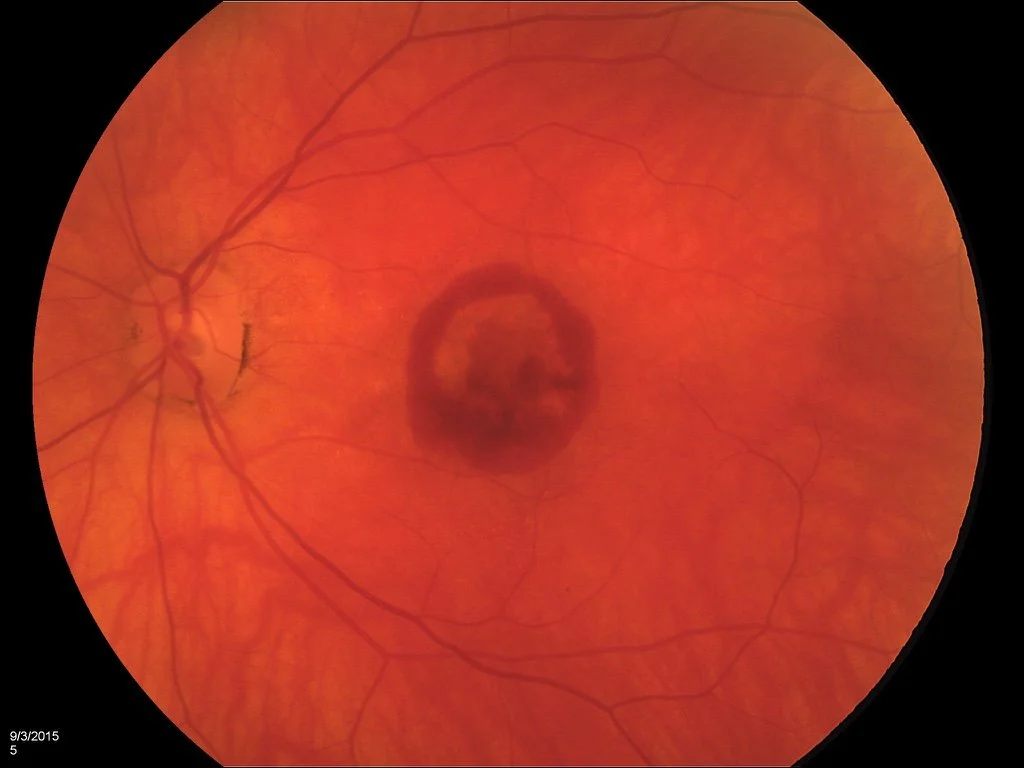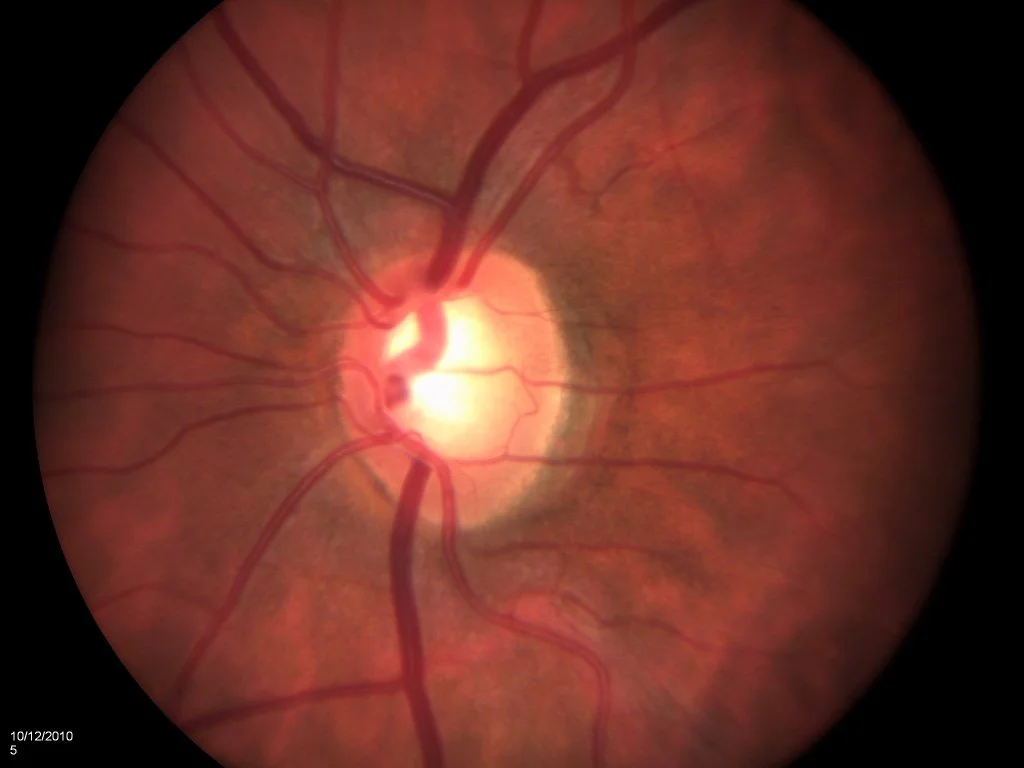Cataract Surgery
-
In the eye, the natural lens focuses light rays on the retina to produce an image. At birth, the lens is clear. In time, the lens starts to get cloudy and obstruct light. This cloudy lens is known as a cataract and can diminish vision. Cataracts are diagnosed during a complete eye exam by your physician at Shoreline Eye Group.
Common symptoms of cataracts include the following:
-Blurry vision
-Difficulty driving, especially at night
-Glare symptoms and haloes around lights
- Difficulty reading or watching television
-Perception that colors are dull or faded
-Needing frequent changes in glasses prescription
Fortunately, cataract treatments and surgery are available to restore clear vision. The cloudy lens is replaced with a clear intraocular lens that can also reduce or eliminate the need for glasses or contacts following the procedure.
-
With mild cataracts, there is often a shift in your glasses prescription and vision can be improved with a glasses adjustment. At some point, changes in the glasses prescription will not be sufficient to improve your vision as the cataract becomes more significant. The only effective treatment is to remove the cloudy lens.
Fortunately, modern cataract surgery is safe and effective resulting in improved vision and quality of life.
Shoreline Eye Group continues to stay abreast of the latest developments in technology in order to provide our patients with the best possible care. The following will give you a general idea of what to expect from the cataract surgery procedure. If you would like more information, or if you would like to schedule a consultation with one of our experienced ophthalmologists, please contact Shoreline Eye Group today.
-
Surgery is done on an outpatient basis at Constitution Surgical Center East. You will be asked to skip breakfast. When you arrive for surgery, you will be given eye drops and a mild intravenous sedative to help you relax. A local anesthetic will numb your eye.
-
The actual surgery time is very brief and can typically be completed in less than 15 minutes. First, under an operating microscope, a small incision is made in the cornea. The anterior capsule is removed to access the cataract. Then, ultrasound waves are used to break the lens into pieces and vacuum tubing removes the emulsified cataract. After this is accomplished, an intraocular lens (IOL) can be inserted to correct existing refractive errors such as nearsightedness, farsightedness, or astigmatism.
-
After surgery is completed, your doctor may place a shield over your eye. After a short stay in the outpatient recovery area, you will be ready to go home. During the first four weeks, medicated eye drops will be used to assist in the healing process. The cataract surgeon will also monitor your recovery to ensure no complications arise. As with any type of surgery, there are some risks involved in cataract surgery. However, complications occur in far less than 1% of all cataract surgery patients who do not have any pre-existing conditions and most complications associated with cataract surgery are treatable. Your surgeon will provide you with more detailed information about the risks associated with cataract surgery during the consultation process.
-
In some eyes, over the course of time after cataract surgery, the lens capsule (the part of the eye that holds the lens in place) sometimes becomes cloudy. This can occur several months or years after the original cataract operation. If the cloudy capsule blurs your vision, your ophthalmologist can perform a second procedure using a laser in the office. During the second procedure, called a posterior capsulotomy, a laser is used to make an opening in the cloudy lens capsule, restoring normal vision. Unlike the original cataract surgery, there are no external openings made in the eye, so there are no restrictions on your activity.
-
During cataract surgery, the inner lens of the eye is fragmented, extracted, and then replaced with an intraocular lens implant (IOL). The lens implant not only takes the place of the natural lens, but it can also correct refractive errors (nearsightedness, farsightedness, and astigmatism) for improved vision.
-
Astigmatism is a common condition that impairs the vision due to an uneven curvature of the eye’s cornea. While a standard lens implant placed during cataract surgery can correct for nearsightedness and farsightedness, it cannot correct for astigmatism. A toric IOL can correct distance vision and astigmatism simultaneously, reducing or eliminating the need for distance glasses or contact lenses.
-
Multifocal IOLs and Extended-Depth-of-Focus IOLs use advanced technology to provide enhanced near, intermediate and distance vision. Patients can occasionally experience increased glare and halos with both Multifocal and Extended-Depth-of-Focus IOLs. There are now toric models of Multifocal IOLs that have the ability to correct astigmatism as well.




